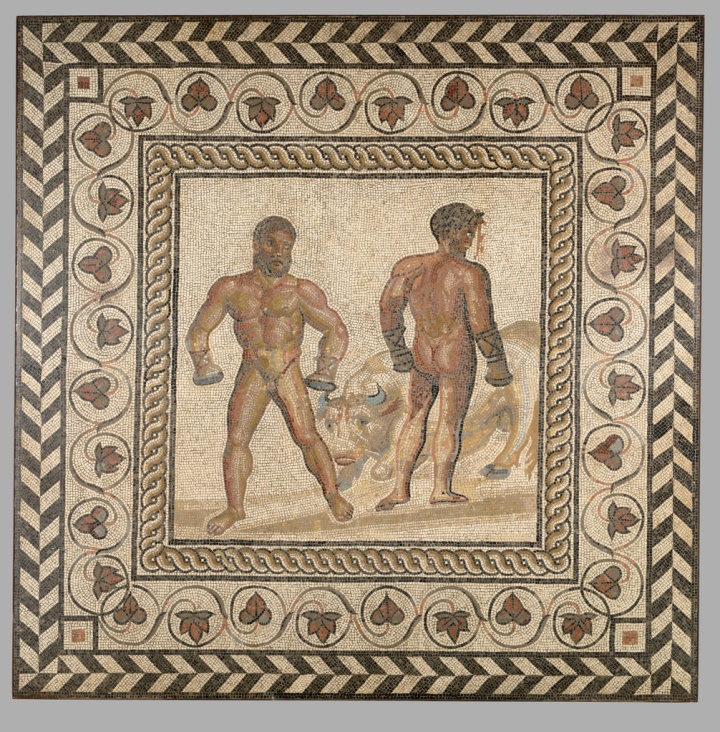Luther responds briefly to the Dialog of Sylvester Prierias. At this time, Luther is confident that his Explanations of the 95 Theses will clarify his position and, as necessary, refute all the objections against the Theses. Here we quote from Luther’s covering letter.
Quotation:
That supercilious Dialogue of yours, very reverend Father, written in the usual style of an Italian and a Thomist, has reached me. You boast in it that you, an old man, done with fighting, are impelled anew by my words to the combat, but nevertheless, you say you will get the victory over me in the unequal contest, as Entellus did over Dares,[1] but by this alone you show that you are vainglorious Dares rather than Entellus, because you boast before you are safe and ask for praise before victory.[2] Please do what you can; the Lord’s will be done. . . .
Behold, reverend Father, I am sending your treatise back quickly, because your refutation seems trifling; therefore, I have answered it ex tempore with whatever came uppermost in my mind. If, after that, you wish to hit back, be careful to bring your Aquinas better armed into the arena, lest perchance you be not treated as gently again as you are in this encounter. I have forborne to render evil for evil.
Farewell !
Notes
[1] Virgil: Aeneid, r. 369ff. In Virgil’s epic poem of Rome’s founding, Aeneas honored the anniversary of his father’s death by holding elaborate funeral games, including a boxing match. This match pitted the Trojan Dares against the local Sicilian champion Entellus. Although the fight was uneven because Dares was much younger and fitter than his opponent, eventually Entellus became enraged and pummeled the younger man. The fight was called and Entellus was awarded the prize bull, which he then sacrificed by shattering its skull with a single blow from his fist.
The Gallo-Roman mosaic below illustrates the conclusion of the match. Entellus watches triumphantly as the defeated Dares, bleeding from his head, leaves the ring. The prize bull, shown between the opponents, has fallen to its knees from the blow. The illustration of this passage from the Aeneid is rare in Roman art. In fact, the only other mosaics depicting this subject are also from the southern part of the Roman province of Gaul and also date to the mid to late 100s A.D. This leads scholars to believe that the scene was a specialty of a local workshop. A central panel removed from a much larger floor, the mosaic pictured below was one of several that decorated a villa at Villelaure, in what is now southern France. The mosaic is formed from small tesserae cut from different colored stone, except for the horns of the bull, which are made from pale blue glass. Dimensions: 82 × 82 × 3 in.
[2] Erasmus: Adages

Touché, Dr. Luther! Even in the deadly earnestness of this debate, Luther’s clever repartee parries his opponent’s heavy handed classical reference and shows the Reformer’s creative wit.
LikeLike